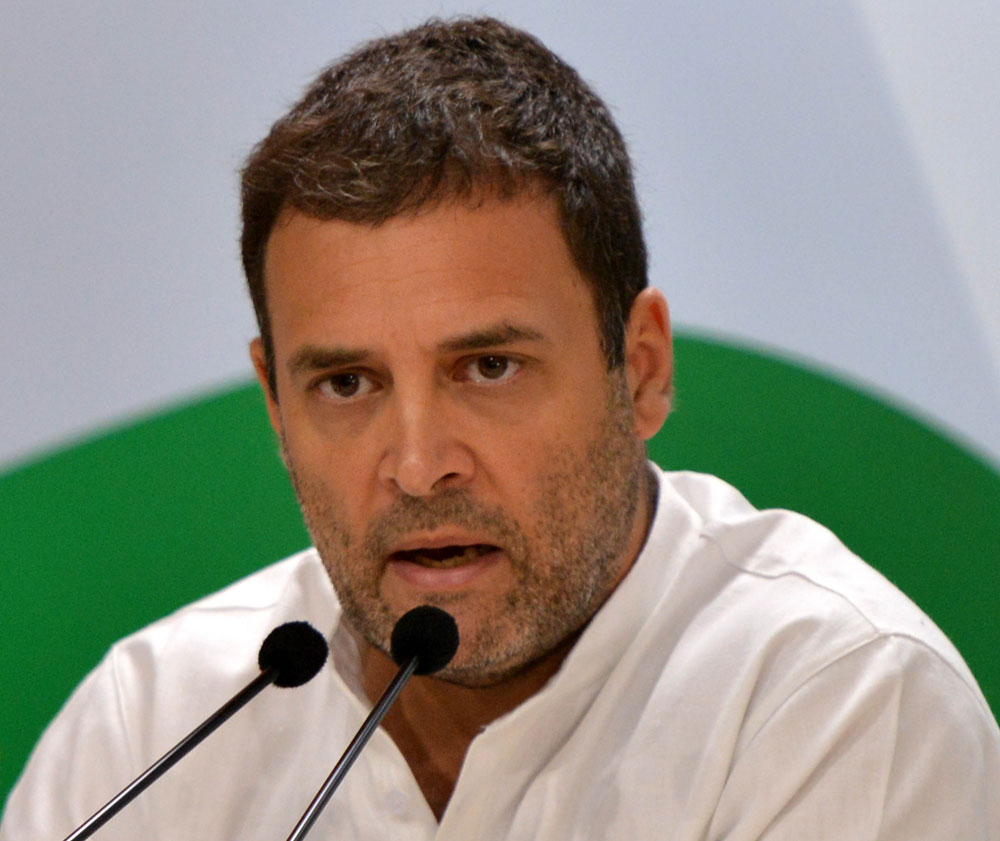A new norm for counting votes that the Election Commission had notified on December 7 slowed the process on Tuesday, with the final results still unavailable as midnight approached.
The change was introduced on a request from Madhya Pradesh Congress president Kamal Nath, who had raised doubts over the transparency of the counting process and expressed fears about possible manipulation of the tallies.
During counting on Tuesday, the observer and the returning officer for each seat issued the counting agents a certificate stating the candidate-wise results of every round of counting before starting the next round.
In previous elections, after a round was over, the returning officer would announce the tally over a loudspeaker. A handwritten chit stating the tally would also be given to the counting agents.
The issuance of the certificate on Tuesday was often marked by wrangling among the counting agents of the various candidates, delaying the start of the next round.
Another new norm followed on Tuesday required the tally at the end of every round to be displayed on a black or white board.
Not just the counting but the online updating of the results was slow too. An Election Commission official said in the evening that the website eciresults.nic.in was giving trouble since the counting began at 8am.
“From 9.20am to about 11.30am, the site did not update. In several seats, we completed the counting and the results were declared (but were not updated on the website),” he said.
“These (results) are visible if the user clicks on the ‘constituency-wise all candidates’ link. But this was not synchronising with the party-wise results page. Our IT team is working to resolve the problem.”
The electronic voting machines at each Assembly seat are counted in a single hall, usually housed in an educational institution or a prison, for these have large halls.
Each hall usually has 14 tables, but the number can vary depending on the size of the hall. One voting machine is placed on one table. For a hall with 14 tables, the counting of the votes in 14 machines constitutes a round.
The next round does not start until the previous round has been completed, even if some tables have completed their count before the others.
The counting agents observe the polling officers display the tally from behind a partition, made by a rope or a barricade.
On an average, Madhya Pradesh had 22 rounds for each seat, and each round took around half an hour. The counts at Chhattisgarh’s seats ranged from 16 to 30 rounds.
Each voting machine can store up to 3,840 votes, and can handle up to 64 candidates. But the maximum number of voters for a single polling station is usually restricted to 1,200, which may be increased by a little in a densely populated area.











